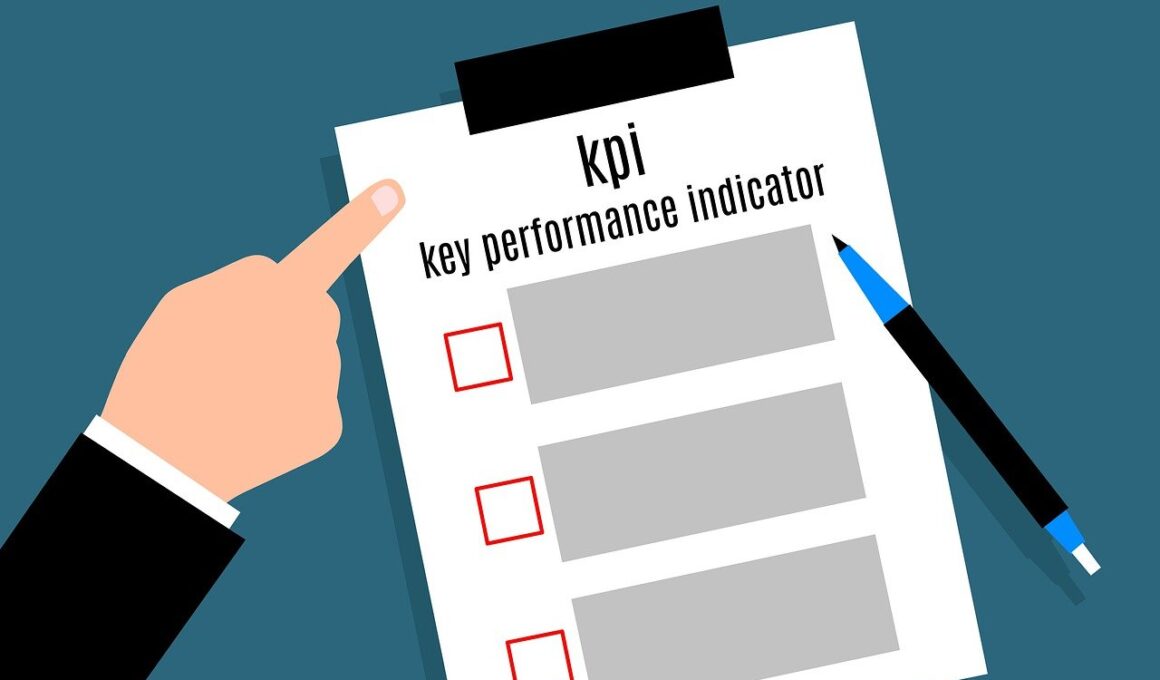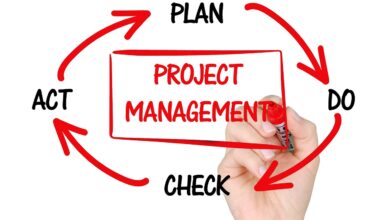Evaluating the Effectiveness of Your Performance Review Schedule
Implementing an effective performance review schedule is crucial for organizational success. A well-planned review schedule ensures that employees receive timely feedback on their performance. This facilitates career growth and aligning individual performance with company goals. When evaluating your performance review schedule, consider the frequency of reviews, the criteria used, and employee engagement during the process. It is essential to ensure reviews occur often enough to remain relevant but not so frequently that they become burdensome. Timeliness is key, as feedback should relate to recent performance to be most effective. Moreover, a transparent review process fosters trust between employees and management. Employees should understand what they are being evaluated on and how their performance impacts the overall success of the organization. Providing a safe space for open dialogue during reviews is vital. Incorporating employee input within the process can enhance their engagement. Provide employees with opportunities to express their thoughts and experiences. This approach not only makes employees feel valued but also leads to more constructive feedback. Ultimately, an effective review schedule contributes significantly to a positive workplace culture and fosters continuous improvement.
A structured approach to performance reviews can greatly enhance the efficiency of your schedule. Start by defining clear objectives for what each review should achieve. This includes performance appraisal, setting future goals, and discussing career aspirations. A clear agenda for performance review meetings ensures that both managers and employees are prepared. Schedule reviews at regular intervals, such as quarterly or bi-annually, to keep momentum. Consistency helps create a rhythm for evaluations and discussions around growth. It’s worth considering using software or tools designed for performance management to facilitate the scheduling process. Most performance management systems offer ranking features that streamline performance evaluations, saving time. Similarly, ensure that performance criteria are well communicated ahead of the review. Tailor your review criteria to align with your organization’s mission and values. This alignment encourages a unified direction in performance expectations. Review scheduling should also account for equal participation from all departments. Allowing different teams to share their experiences enriches the feedback process. The exchange of ideas and methods can inspire innovation and lead to improved practices across the board.
The Role of Employee Self-Assessment
Incorporating self-assessment into your performance review process can provide valuable insights. It allows employees to reflect on their accomplishments and areas needing improvement. Encourage employees to prepare their self-assessment well before the scheduled review meeting. This proactive approach fosters ownership of their performance and engages them in discussions. Self-assessments can highlight employees’ strengths that might not be visible to management. This ensures that all contributions are acknowledged and celebrated. Furthermore, self-assessment enables employees to identify personal and professional development needs. It prepares them to articulate their career goals during reviews, leading to more meaningful discussions. Providing a structured format for these self-assessments can enhance their effectiveness. Include specific questions that prompt employees to evaluate their skills, contributions, and development areas. Additionally, ensure that feedback from self-assessments is integrated into the overall performance evaluation. This seamless integration promotes a balanced perspective. Consider training sessions to prepare employees for effective self-assessments. An empowered workforce engaged in self-evaluation drives a performance-oriented culture, leading to higher employee satisfaction and productivity.
After conducting performance reviews, gathering feedback from both evaluators and employees is vital. This post-review feedback can significantly inform your scheduling practices. Create a simple survey to gauge employees’ perceptions of the review process. Questions can focus on clarity, effectiveness, and areas for improvement. Utilize the feedback to adjust and enhance the performance review schedule. Regularly revisiting and updating your schedule reflects a commitment to continuous improvement. Engagement during the feedback process helps in understanding employees’ views on how reviews impact their performance. It’s crucial to maintain anonymity in this feedback to promote honest responses. By showing that you value input, it enhances trust within the organization. Additionally, share the outcomes with stakeholders, emphasizing how their contributions aid in refining the review process. Transparency encourages an environment where employees feel their opinions matter. Consider implementing necessary changes based on feedback. This reassures employees that their voices are heard and fosters a culture of collaboration. Ultimately, being responsive to employee feedback strengthens the performance management system and ensures its relevance.
Aligning Reviews with Business Goals
Aligning your performance reviews with your organization’s broader business objectives is both strategic and beneficial. Reflect on how individual performance contributes to overall business success. Set clear performance indicators that directly relate to your company’s goals. When employees see that their contributions matter, they are more likely to remain engaged. Make it clear how excellent performance connects to organizational growth and success. This connection can motivate employees to strive for excellence. Review periods should coincide with business cycles or milestones to ensure relevance. For example, aligning reviews with the fiscal year can capture performance in budgets and targets. Ensure that feedback during reviews highlights performance concerning these objectives. As part of the review process, emphasize the importance of teamwork in achieving business objectives. Recognizing collaborative efforts can enhance team dynamics and improve morale. Each review should reiterate how department goals align with organization-wide strategies. This reinforces the message that every role contributes to the bigger picture. Effective communication around these alignments fosters a unified culture directed towards shared objectives.
Offering development opportunities post-review can dramatically enhance the impact of your schedule. Following a performance review, provide actionable development plans tailored to each employee’s needs. This may include training programs, mentorship opportunities, or cross-training within the organization. Encouraging employees to take initiatives for their personal career paths fosters a sense of ownership. Employees are likely to be more satisfied when they see clear progression opportunities available. Ensure that these development opportunities are measurable and time-bound to create focus. For example, establish timelines for achieving certain skills or competencies. Performance review discussions should reaffirm these development tracks. This demonstrates ongoing support from management, ensuring employees feel valued beyond their roles. Regularly follow up on these development plans to reinforce accountability. Additionally, providing resources or support for continued learning underlines the organization’s commitment to employee growth. This engagement increases employee retention. Highlight success stories of individuals who have progressed through development opportunities, showcasing tangible benefits. A structured development offering linked with performance reviews improves morale, driving both motivation and productivity across the organization.
Conclusion: Continuous Improvement in Performance Reviews
In conclusion, evaluating and enhancing your performance review schedule requires commitment and reflection. Focus on creating an inclusive and transparent process that prioritizes employee engagement. Utilize strategies such as self-assessments, post-review feedback, and aligned performance indicators with organizational goals. Equally important is the ongoing communication regarding development opportunities and their impacts. Maintaining flexibility in your schedule enables responsiveness to the changing dynamics of your workforce and business needs. Remember that the ultimate goal of performance reviews is not merely assessment but fostering growth and development. The effectiveness of your performance review schedule will directly influence overall organizational success, employee satisfaction, and retention. By continuously improving your performance review practices, you will cultivate a culture of openness, trust, and collaboration. Engage employees in the revision of review processes and celebrate gradual improvements together. The insights gained from regular evaluations will serve as tools for optimizing your performance management strategy. Ultimately, these ongoing refinements will enhance your organization’s performance and contribute to a positive workplace environment.


